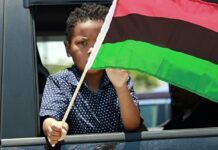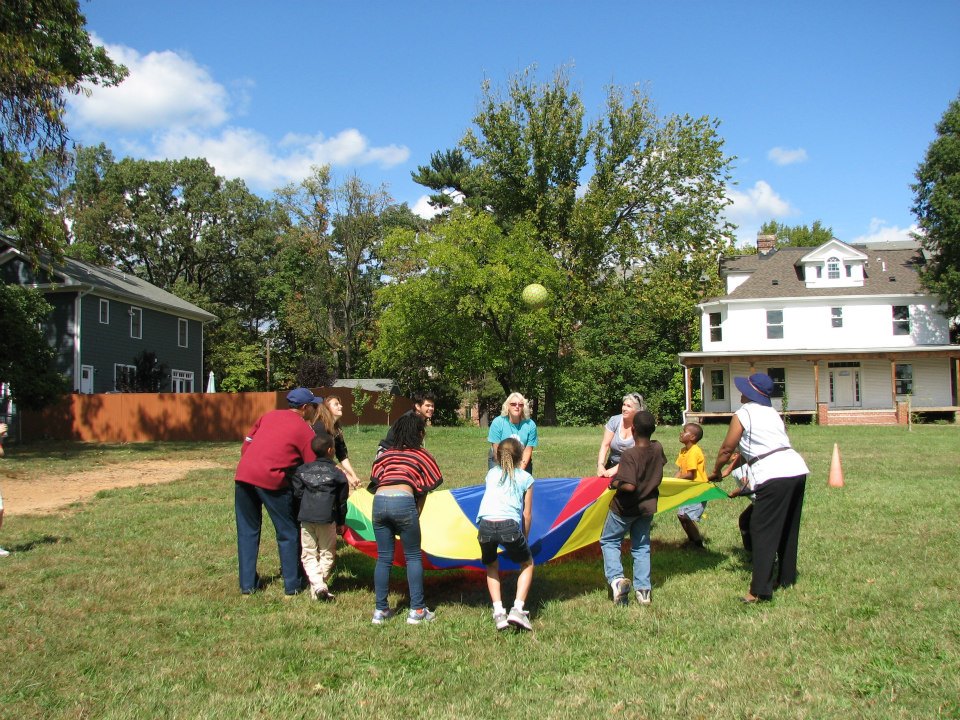In an increasingly fragmented and rapidly changing world, churches and other service organizations are struggling to understand and connect with the communities they seek to serve. Churches, in particular, have lost many of the community ties they used to enjoy. Most congregants now drive in from outside the local community to attend church and have little idea who lives in the immediate neighborhood or what’s going on there. Simultaneously, many people in the local community no longer view churches as significant social institutions. They themselves don’t attend church (or rarely do) and see little value in what churches do or stand for. The practice of community mapping is one way to reverse these trends and re-establish these connections.
“(Community Mapping) fosters honest reflection about community realities and stimulates ideas to help maximize the community’s strengths and address its needs.”
In the same way a road map helps you plan a trip, a community map enables churches and other organizations to spatially organize and track the dynamics of life within their surrounding neighbourhoods. Community maps visually collate demographic statistics (population, ethnicity, age, household income, etc.), physical and institutional assets, leaders, and generative themes[1] in a way that fosters honest reflection about community realities and stimulates ideas to help maximize the community’s strengths and address its needs. Creating such a map will help you and your team see how evenly (or unevenly) the community’s assets are distributed, where leaders are concentrated (and absent), and the locations of physical and social boundaries that create community divides. Using an online digital mapping tool such as Google My Maps allows your community map to be easily updated and readily accessible from almost anywhere.
To create a community map, you first need to establish a community mapping team to gather and interpret the information that the map will display. This team should be made up of people who are genuinely curious and committed to bridge building and partnership. Mapping a community involves getting out into that community (ideally on foot), cataloguing what is (and isn’t) there, and talking with the people who live and work there. Asking five questions can help a mapping team gain deep insight into the contours of the community’s life:
- What is great about living in this community?
- What is missing?
- If you could change one thing about this community, what would it be?
- What would you want people who don’t live in this community to know about this community?
- Of the things you’ve mentioned, what are you personally involved in or willing to be involved in?
“you will also demonstrate to the community that you and your church are genuinely interested in the community – that your ministry is about what you can pour into it, not just what you can get out of it.”
The answers to these questions will give you and your team a snapshot of what people in your community hope for, think about, and care about. These hopes, concerns, and interests then show you where paths to ministry and partnership lie. You and your team can imagine ways to help support and nurture the positive developments already taking place as well as strategize ways to address deficiencies and disparities. Perhaps most importantly, this process will give you a sense of what your neighbors are committed to and willing to give their time and energy to. By developing ministries from that starting point, not only will you have a greater chance of success in finding partners and support for your work, you will also demonstrate to the community that you and your church are genuinely interested in the community – that your ministry is about what you can pour into it, not just what you can get out of it.
[1] A generative theme is something important enough to a person that it generates action in that person’s life.
On August 4th at 7pm Todd will be leading the workshop “Building Bridges Through Community Mapping” as part of the Baptist Peace Fellowship of North America’s Summer Conference. For more information and to register, click here.


























